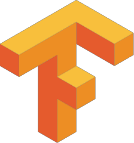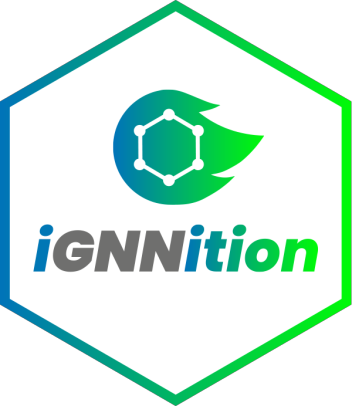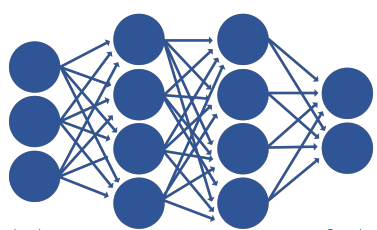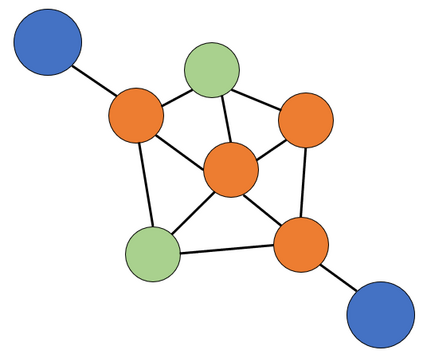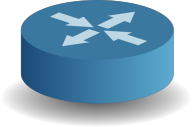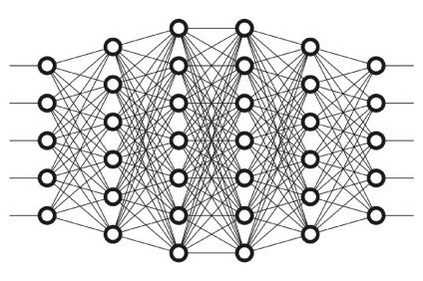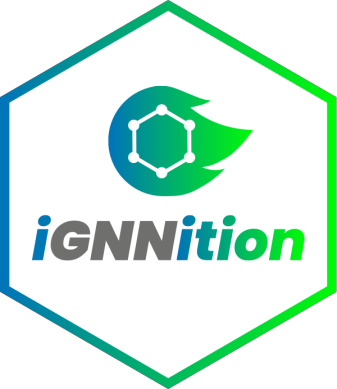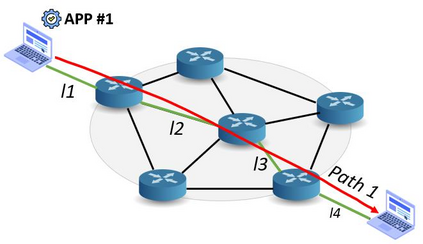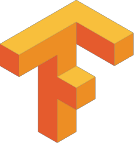Recent years have seen the vast potential of Graph Neural Networks (GNN) in many fields where data is structured as graphs (e.g., chemistry, recommender systems). In particular, GNNs are becoming increasingly popular in the field of networking, as graphs are intrinsically present at many levels (e.g., topology, routing). The main novelty of GNNs is their ability to generalize to other networks unseen during training, which is an essential feature for developing practical Machine Learning (ML) solutions for networking. However, implementing a functional GNN prototype is currently a cumbersome task that requires strong skills in neural network programming. This poses an important barrier to network engineers that often do not have the necessary ML expertise. In this article, we present IGNNITION, a novel open-source framework that enables fast prototyping of GNNs for networking systems. IGNNITION is based on an intuitive high-level abstraction that hides the complexity behind GNNs, while still offering great flexibility to build custom GNN architectures. To showcase the versatility and performance of this framework, we implement two state-of-the-art GNN models applied to different networking use cases. Our results show that the GNN models produced by IGNNITION are equivalent in terms of accuracy and performance to their native implementations in TensorFlow.
翻译:近些年来,图形神经网络(GNN)在许多领域具有巨大的潜力,其数据结构是图表(例如化学、建议系统),特别是,在网络领域,GNN越来越受欢迎,因为图表在许多层面(例如地形学、路由学)都有内在存在。GNN的主要新颖之处是,它们能够向培训期间看不见的其他网络推广,这是开发实用机器学习(ML)网络解决方案的基本特征。然而,实施功能性GNN原型目前是一项繁琐的任务,需要神经网络编程方面的强大技能。这对网络工程师来说是一个重大障碍,他们往往不具备必要的ML专门知识。在本篇文章中,我们介绍了IGNA这个新的开放源框架,使GNN能够快速为联网系统提供原型。GNNA基于一个不实际的高层次的抽象,掩盖GNN的复杂程度,同时为建立定制的GNN结构提供了极大的灵活性。为了展示这个框架的多才多才多才多艺和业绩,我们用GNNNA模型来展示我们所制作的G-NNB的模型。

